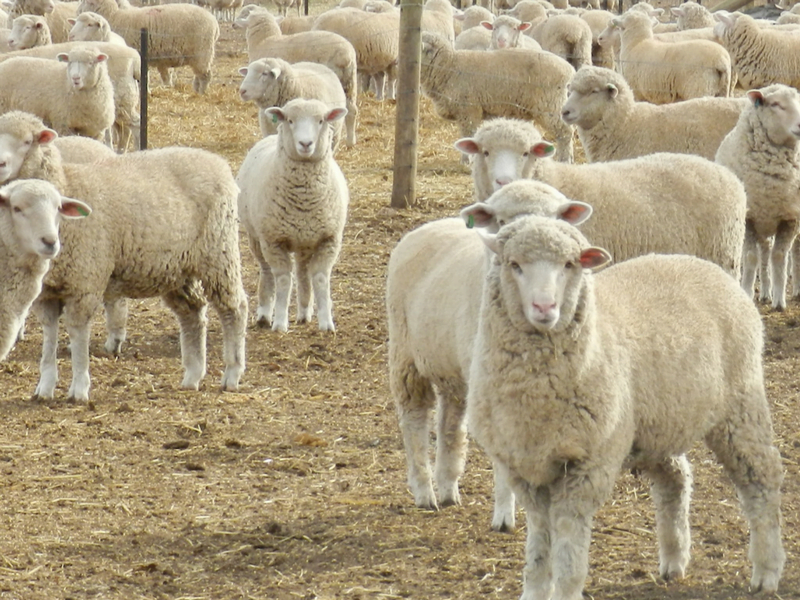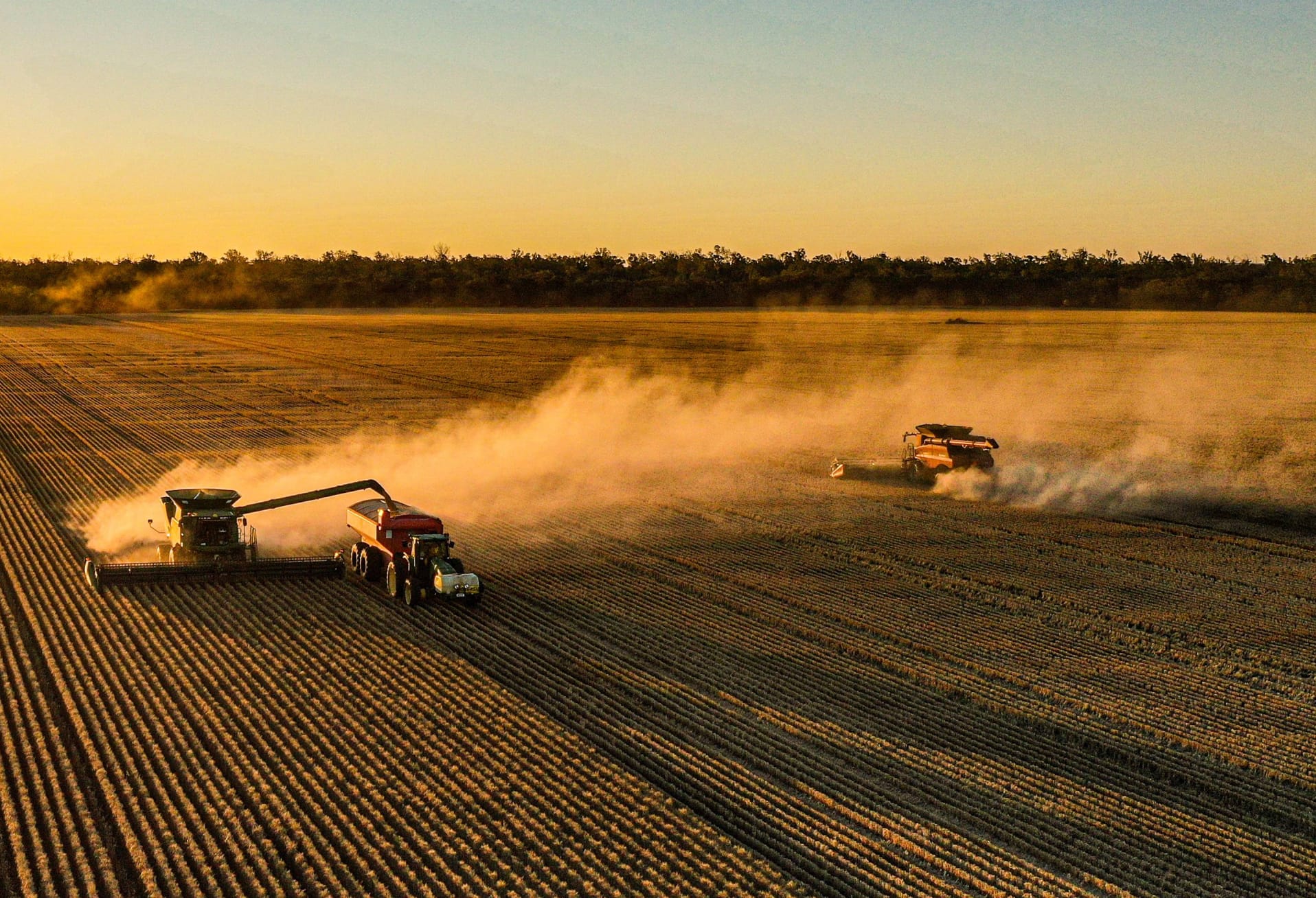Lamb used to be a byproduct of the Merino wool industry, but after wool crashed in the 1990’s there was a shift to lamb production, and it has only been in the last 3-4 years that the industry has become serious about meat quality. Markets in America and Europe are very strict on quality control, and whole consignments of export packaged lamb can be rejected if a lamb pack is identified as defect.
In 2012 a National Grass Seed Action Plan was initiated after processors of sheep and lamb identified seed contamination to be the top issue facing their business. During high risk periods, up to 60% of carcasses require trimming. A trimmed carcass will dry out in the chiller, reducing meat quality, as well as have less cuts available for sale as whole cuts. On average this costs the processors $10-$30/head depending the level of seed infestation.
A leadership group comprised of representatives form industry sectors has formulated a strategy to combat the seed issue. The strategy involves the development of resources for growers to reduce the incidence of seeds, standardised assessment of infestation at the abattoirs and feedback from the processors back to growers.
Seeds of particular note include annual grasses barley grass, brome grass and silver grass, perennial grasses Chilean needle grass, spear grass and wire grass, and the broadleaf Erodium (storksbill). Barley grass is the most prevalent, but fortunately has less impact as it is usually located on the belly or flank, compared with silver grass which can penetrate muscle.
Seeds in skins, fat and even meat have implications for animal health, welfare and animal production, as well as processor losses and inefficiencies. Sudden checks in growth rate coincide with peak incidence of grass seeds. Although data is limited, it has been shown that 25 seeds in one carcass can reduce growth rates by 50 per cent. SA research showed a reduction in growth of 6kg over 7 weeks where grass was not controlled, decreasing the lamb value by 78 per cent. Other research shows that spraying grasses before seed set has a much larger effect on seed numbers than shearing. Seeds, once in the skin and meat, can persist for over 2 years. This needs to be considered when sourcing lambs from another region.
A Penalty Matrix for grass seeds is under development, that will discount a sale lot containing seeds depending on the site affected (higher value cuts such as shoulder, loin or leg will incur larger discounts than the belly or flank) and the percentage of animals in the flock with seeds. Note that the number of seeds on the carcass is not important, but rather the area affected and the trimming required to make the carcass acceptable. Penalties will apply to mutton as well as lamb. Some processors have begun to introduce the Penalty Matrix and it’s expected that most major processors will be using them within 12 months.
In 2014, workshops will be held across Australia to help develop on-farm action plans to reduce grass seed risks. Techniques to reduce the impacts of seeds include strategic grazing management, spray grazing, spray topping, and fodder conservation. The best techniques will depend on the type of seed causing the issue, and will usually involve a combination of approaches.
In the meantime ‘Winning Against Seeds’ booklets and factsheets can be downloaded from the MLA website: https://www.mla.com.au/Livestock-production/Grazing-and-pasture-management/Weed-control/Seed-contamination-of-carcases
By reducing seeds you will protect both the production of your lambs, as well as the price received at the abbottoir against grass seed penalties. Try your best to keep seeds out of your lambs!










